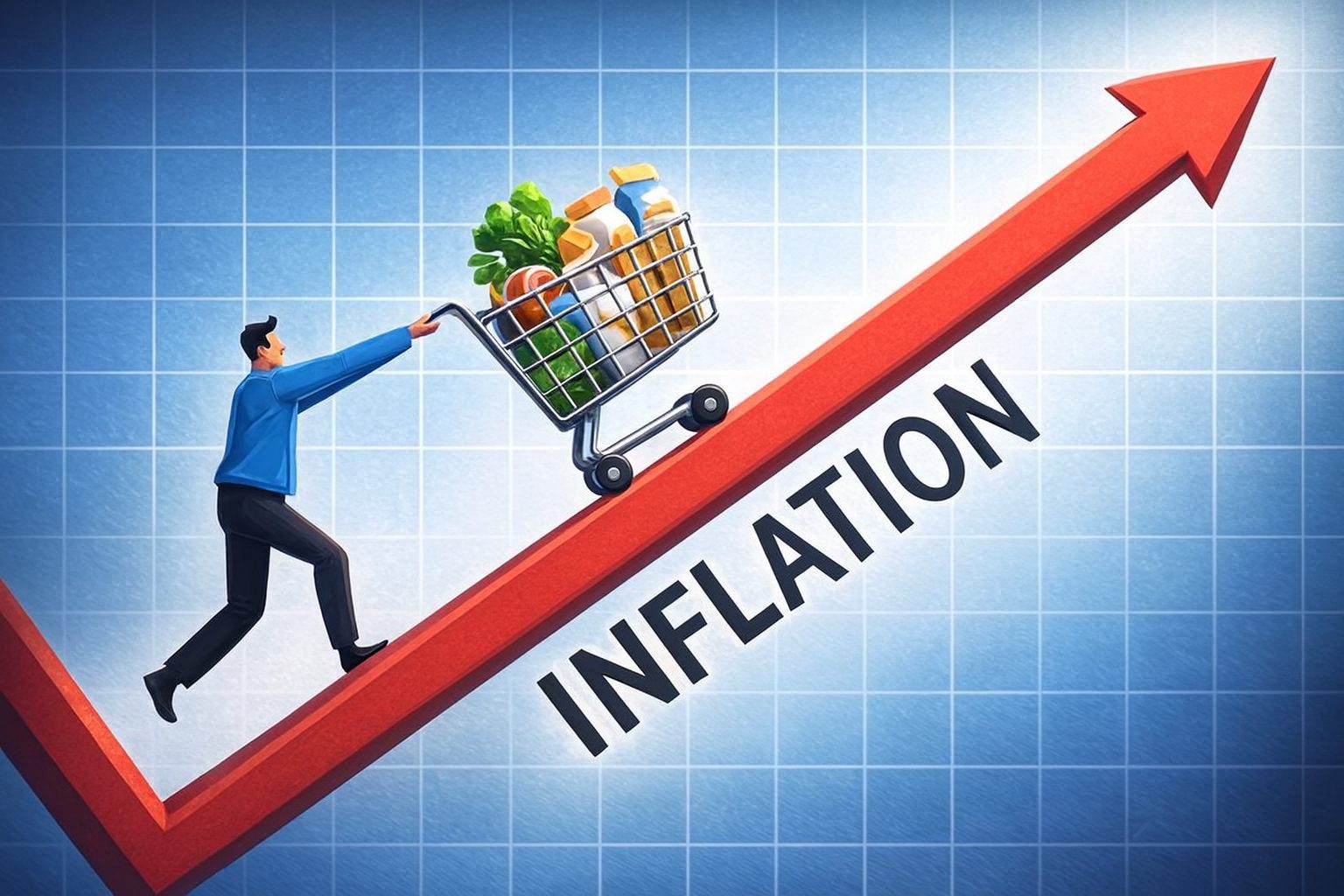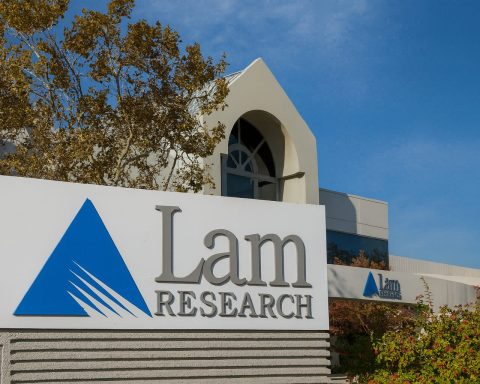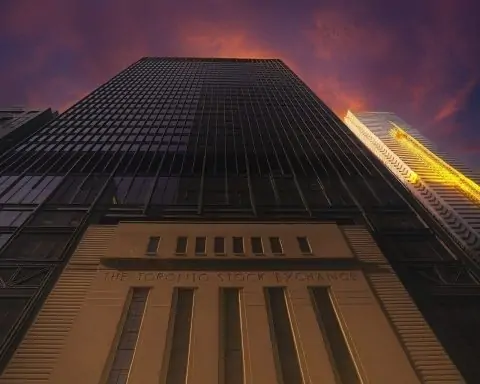Australia’s new monthly CPI shows inflation at 3.8% in October 2025, driven by power and housing, as markets rethink RBA cuts and watch energy rebate plans.
Australia’s inflation fight has taken a sharp and politically sensitive turn. Fresh figures from the Australian Bureau of Statistics (ABS) show annual inflation rising to 3.8% in October 2025, up from 3.6% in September, as soaring electricity and housing costs squeeze households and upend expectations of early interest rate cuts from the Reserve Bank of Australia (RBA). [1]
The jump comes just as Treasurer Jim Chalmers hints at a possible extension of energy bill rebates worth more than $5 billion – but warns they cannot last forever. [2]
Key points
- Annual inflation rose to 3.8% in October 2025, the highest in around a year and above market forecasts of 3.6%. [3]
- The ABS’s new “complete” Monthly CPI is now Australia’s main headline inflation measure, replacing the old quarterly series. [4]
- Housing (+5.9%) and electricity (about +37% year-on-year) were the standout drivers of price pressures, alongside food and recreation costs. [5]
- The RBA’s preferred trimmed-mean inflation edged up to 3.3%, still above the 2–3% target band and moving the wrong way. [6]
- Markets have slashed the odds of rate cuts in 2026 and are increasingly pricing in RBA rate hikes instead. [7]
- Treasurer Jim Chalmers has left the door open to another round of electricity bill rebates in December’s mid-year budget update, but insists they are “not a permanent feature” of the budget. [8]
Australia’s new monthly CPI: inflation back on the way up
Today’s release is historic as well as uncomfortable for policymakers. The ABS has officially transitioned from a quarterly Consumer Price Index to a “complete” Monthly CPI, which will now be the primary gauge of headline inflation. [9]
According to the October 2025 data:
- Annual CPI: 3.8% (up from 3.6% in September)
- Trimmed-mean inflation: 3.3% (up from 3.2%)
- Monthly movement: 0.0% in original terms, 0.3% seasonally adjusted [10]
That combination sounds odd at first glance: prices didn’t rise in October compared with September, yet the annual rate still climbed. The reason is a base effect – a sharp price fall in October 2024 has now dropped out of the 12‑month comparison, making the year‑on‑year figure look hotter even though the latest monthly move was flat. [11]
Even so, the direction is clear: inflation is moving away from the RBA’s target, not towards it. And the sources of pressure are politically explosive.
Electricity and housing: when subsidies run out, prices bite
The ABS data and today’s coverage point to housing as the single biggest contributor to inflation, with prices in that category up 5.9% over the year to October. Housing alone accounts for around a third of the total CPI increase, adding about 1.25 percentage points to the 3.8% headline rate. [12]
Inside housing, several pain points stand out:
- Electricity prices have surged around 37% over the year, up from roughly 34% in September. [13]
- Rents are up more than 4%, reflecting a tight rental market and strong population growth. [14]
- The cost of new dwellings is rising again, with annual growth lifting from 1.5% to about 1.7%. [15]
The electricity story is especially complicated – and politically charged.
How rebates distort the headline numbers
The ABS and economists highlight that the huge annual jump in electricity prices is not simply because power companies hiked tariffs overnight. Instead, it reflects the roll‑off of state energy rebates and the timing of the Commonwealth’s Energy Bill Relief Fund. [16]
Key dynamics:
- State government rebates that had been subtracting from bills through 2024 have now largely been used up by households, so the underlying prices reappear in the CPI. [17]
- The ABS notes that electricity prices actually fell in monthly terms in August, September and October 2025 – by about –6.3%, –0.4% and –10.2% respectively – thanks to Commonwealth rebates and regulated price caps. [18]
- However, a large negative reading from October 2024 (around –12%) has now dropped out of the annual comparison. That mathematical quirk alone pushes the year‑on‑year electricity figure much higher, even if current bills haven’t suddenly spiked by 37% this month. [19]
Veteran economist Chris Richardson calculates that retail electricity prices are still more than 20% below their “market” level once the remaining rebates are taken into account – a sign that subsidies are heavily cushioning what households see on their bills, even as they distort the CPI. [20]
In other words, inflation is high partly because past price falls are rolling out of the data, while current inflation is being held down by subsidies that are about to expire. That’s a headache for both the RBA and the government.
Markets flip: from rate cut hopes to rate hike fears
Until recently, many analysts expected the RBA’s next move to be a rate cut sometime in 2026, after three cuts earlier this year brought the cash rate down to 3.60%. [21]
Today’s inflation surprise has blown that optimism apart:
- Bond yields jumped and the Australian dollar strengthened as traders rapidly priced out early‑2026 cuts. [22]
- Some market economists now see rate hikes in 2026 as more likely than cuts, with scenarios including potential increases around May and later in the year if inflation refuses to ease. [23]
- The probability of a rate cut in mid‑2026 has fallen into the single digits on some measures, according to Reuters and other market tracking. [24]
Economists at major banks and investment houses stress that underlying inflation is the problem. Services inflation is running close to 4%, while housing and other market‑based services are still rising faster than the RBA would like, suggesting that price pressures are becoming entrenched rather than fading. [25]
The RBA has said repeatedly that it will treat the monthly CPI with caution while the new series beds in and seasonal patterns are better understood. But the tone from analysts is clear: the October data “adds to the risk that the easing cycle has ended”, and if this re‑acceleration continues, rate hikes in 2026 may be hard to avoid. [26]
Jim Chalmers’ $5 billion question: will energy bill rebates be extended?
While the RBA weighs rate hikes, Treasurer Jim Chalmers is facing his own dilemma: whether to extend electricity rebates that are due to expire at the end of 2025.
The current package works like this:
- In the 2024 federal budget, the government introduced $300 in energy bill relief per household, spread over a year at a cost of about $3.5 billion.
- In the 2025 budget, Chalmers added another $150 per household – two more quarters of relief – lifting the total spend on electricity rebates to more than $5 billion. [27]
Those rebates have significantly lowered the bills people actually pay and also held down measured inflation, because the CPI tracks the price after discounts. But the program is not permanent.
Speaking in Canberra today, Chalmers:
- Confirmed the government has not yet decided whether to extend the scheme again.
- Said a decision would be made as part of the Mid‑Year Economic and Fiscal Outlook (MYEFO), due in mid‑December.
- Emphasised that while the rebates are a “really important” tool for cost‑of‑living relief, they are “not a permanent feature” of the budget. [28]
At the same time, he has pushed back at claims that federal spending – including rebates – is to blame for the latest inflation numbers, pointing instead to expiring state subsidies and other temporary factors. [29]
Economists are sharply divided:
- Some argue that continuing subsidies keeps inflation lower than it would otherwise be, buying the RBA more breathing room – but at the cost of higher budget deficits and potential future tax or spending cuts. [30]
- Others warn that prolonged energy rebates could distort price signals and risk a sharper adjustment later, especially if global energy prices rise again. [31]
Either way, MYEFO is shaping up as a pivotal moment in Australia’s cost‑of‑living debate.
What this means for households and borrowers
For most Australians, today’s numbers translate into three immediate realities:
- Cost of living relief is not keeping up with pressure in essentials
Housing, power, food and services – the things households can’t easily cut – are still climbing faster than wages in many sectors, even though inflation is far below its 2022 peak above 7%. [32] - Rate cut hopes are pushed further into the future
With the cash rate already on hold at 3.6% after three cuts earlier in 2025, the October CPI makes it less likely that borrowers will see lower mortgage rates any time soon – and raises the possibility of small hikes in 2026 if inflation refuses to fall back towards 2–3%. [33] - Politics and policy around energy will stay front and centre
Electricity prices – and how governments choose to cushion them – are now at the heart of both inflation and the broader cost‑of‑living crisis. Any decision by Chalmers to extend or end rebates will have consequences not just for household budgets, but for the next several inflation prints and the RBA’s path. [34]
What to watch next
Over the coming weeks and months, three dates matter most:
- 9 December 2025 – RBA Board meeting:
The Bank is widely expected to hold the cash rate at 3.6%, but its statement and updated forecasts will be scoured for any shift towards an explicit tightening bias. [35] - Mid‑December 2025 – MYEFO:
The mid‑year budget update is likely to reveal whether the electricity rebates are extended, reshaped, or allowed to fade out – and how the government plans to balance cost‑of‑living help with inflation risks and budget repair. [36] - 7 January 2026 – Next CPI release (November 2025):
The ABS will publish the next monthly CPI, which will drop a large positive electricity reading from November 2024 out of the 12‑month window. That could soften the annual electricity figure, but the underlying trend in rents and services will tell us whether inflation is actually easing or just being juggled by base effects. [37]
For now, the message from today’s data is blunt: the inflation fight isn’t over, the RBA’s job just got harder, and energy policy sits right at the centre of both economics and politics.
References
1. www.abs.gov.au, 2. www.9news.com.au, 3. www.abc.net.au, 4. www.abs.gov.au, 5. www.abc.net.au, 6. www.abs.gov.au, 7. www.reuters.com, 8. www.9news.com.au, 9. www.abs.gov.au, 10. www.abs.gov.au, 11. www.abs.gov.au, 12. www.abc.net.au, 13. www.abc.net.au, 14. www.canberratimes.com.au, 15. www.canberratimes.com.au, 16. www.abc.net.au, 17. www.abc.net.au, 18. www.abc.net.au, 19. www.abc.net.au, 20. www.canberratimes.com.au, 21. www.rba.gov.au, 22. www.reuters.com, 23. www.theguardian.com, 24. www.reuters.com, 25. www.reuters.com, 26. www.abc.net.au, 27. www.9news.com.au, 28. www.9news.com.au, 29. www.indailysa.com.au, 30. www.canberratimes.com.au, 31. www.canberratimes.com.au, 32. www.abs.gov.au, 33. www.rba.gov.au, 34. www.abc.net.au, 35. www.abc.net.au, 36. www.9news.com.au, 37. www.abs.gov.au










